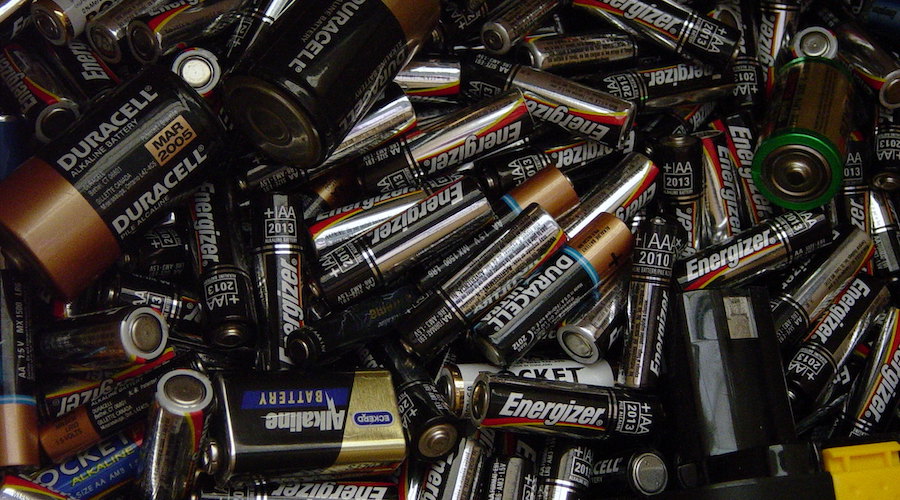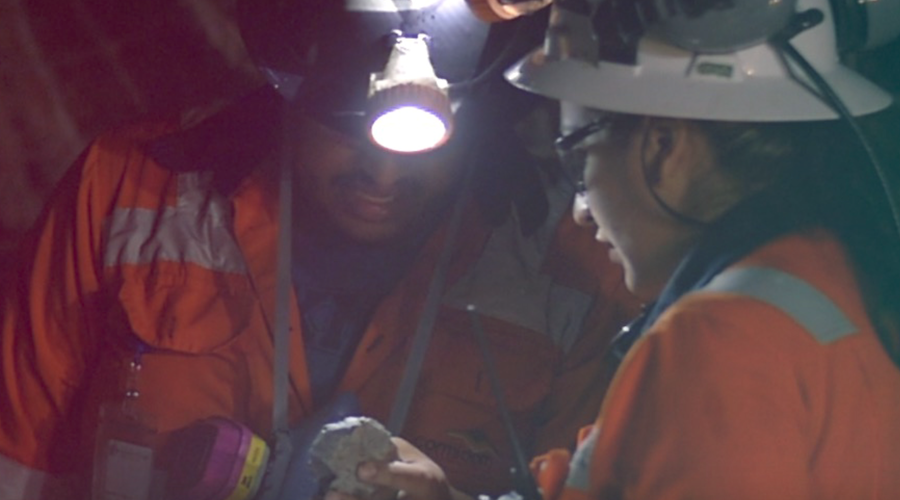

According to estimates, nearly 15 billion batteries are produced and sold worldwide annually. Most of these end up in landfills and some are salvaged for valuable metals while the small amount of energy left in them goes to waste. This, despite the fact that about half of them contain as much as 50% energy.
To try to recover the remaining energy, the Taiwanese team tested a method called “self-adaptive pulse discharge” (SAPD) that can be used to determine the optimal values of two key parameters – pulse frequency and duty cycle – that determine the discharge current from the discarded batteries. A high discharge current amounts to a high amount of recovered energy.
“Draining small remaining energy from household batteries is a starting point for waste reduction, and the proposed energy recovery method serves as an effective tool to reutilize a large number of discarded primary batteries,“ lead researcher Chien-Hsing Lee said in a media statement.
Lee and his team built a hardware prototype for their proposed approach that was used to recover the remaining capacity of a battery bank capable of holding at least six and at most 10 batteries of different brands. They managed to recover between 798-1455 J of energy with a recovery efficiency of 33%– 46%.
For a discarded primary cell, the researchers found that the short-circuit discharge (SCD) method had the highest discharge rate at the beginning of the discharge cycle. However, the SAPD method showed a higher discharge rate at the end of the discharge cycle. Using the SCD and SAPD methods, the energy recovered was 32% and 50%, respectively. Upon combining these methods, 54% of energy was recovered.
To further validate the feasibility of the proposed method, a few discarded AA and AAA batteries were chosen for energy recovery. The team could successfully recover 35% – 41% of the energy from discarded batteries.
“While there seems to be no advantage in draining a small amount of energy from a single discarded battery, the recovered energy significantly increases if a large number of waste batteries are exploited,” Lee said.
The scientist suggests that there could be a direct link between the recovery efficiency and the remaining capacity of discarded batteries. As for the future implications of his team’s work, he believes the model and the prototype developed can be applied to battery types other than AA and AAA.
“In addition to different types of single-use batteries, rechargeable batteries such as lithium-ion batteries can also be examined to provide more information about the variability among different batteries,” Lee pointed out.
This post has been syndicated from a third-party source. View the original article here.




